Bulgaria – Myths and Legends
Bulgarian folklore tradition keeps its beliefs into supernatural creatures towards which people have more poetic or generally pagan attitude. These are mythic creatures related almost wholly to the nature. When the humans draw them nearer, they are presented either as friendly or as ill meaning. In the latter case, they are equalized with demons and provoke human resentment.
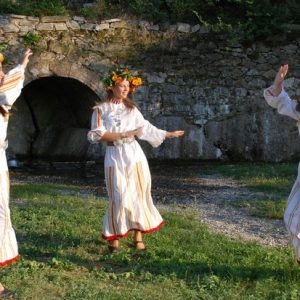 Such creatures are the samodivas (wood nymphs). These are most often beautiful girls with blonde hair, sometimes with wings. Their power is in their clothes. If they are taken away, the girls obey the humans. Their clothes resemble those of birds, as they are covered with feathers. According to folklore beliefs, samodivas inhabit woods, wild mountain areas – mostly Pirin, Vitosha, Rila and Stara Planina Mountains. Those creatures rule over the wells, rivers, lakes and can stop waters, i.e. to cause drought. They are guarding their areas zealously – those who enter, disappear without trace or catch a fatal disease.
Such creatures are the samodivas (wood nymphs). These are most often beautiful girls with blonde hair, sometimes with wings. Their power is in their clothes. If they are taken away, the girls obey the humans. Their clothes resemble those of birds, as they are covered with feathers. According to folklore beliefs, samodivas inhabit woods, wild mountain areas – mostly Pirin, Vitosha, Rila and Stara Planina Mountains. Those creatures rule over the wells, rivers, lakes and can stop waters, i.e. to cause drought. They are guarding their areas zealously – those who enter, disappear without trace or catch a fatal disease.
Usually samodivas appear during spring and summer. They love holidays and especially Easter. If somebody does not honor the holidays, they punish him – kill or make him blind.
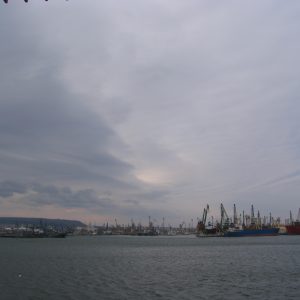 The lamia (dragon) is a female creature with iconography appearance of an enormous reptile with sharp-nailed legs, dog’s head and sharp teeth. Its mouth is so large that it can swallow a human or cattle. Its body is covered with yellow scales. Lamia is often pictured with three or nine identical heads. It is often a motive in the folklore songs and fairy tales. It lives at the sea bottom or in desert woods and stops the water in the wells, rivers and lakes just like the samodivas. In this way it forces people to sacrifice someone for it to eat. Despite its frightful appearance, brave men fight it and win by cutting off its heads.
The lamia (dragon) is a female creature with iconography appearance of an enormous reptile with sharp-nailed legs, dog’s head and sharp teeth. Its mouth is so large that it can swallow a human or cattle. Its body is covered with yellow scales. Lamia is often pictured with three or nine identical heads. It is often a motive in the folklore songs and fairy tales. It lives at the sea bottom or in desert woods and stops the water in the wells, rivers and lakes just like the samodivas. In this way it forces people to sacrifice someone for it to eat. Despite its frightful appearance, brave men fight it and win by cutting off its heads.
The zmeys (male dragons) are enemies of the lamia, young male creatures with human appearance, a tale and wings in the armpits. The lower part of their bodies is covered with scales shining like gold. They inhabit faraway woods and caves. Places in Bulgaria are often named Zmeyova dupka (Zmey’s hole), Zmeyov kladenetz (Zmey’s well). Zmeys consume mainly milk, eat a lot of white bread and drink heavy wine. Zmeys are friendly towards people.
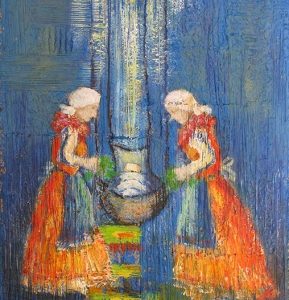 Orisnizi (weird sisters) are three female creatures who go together around the world, visit the homes of the new-borns and predict their fate. This is done on the third night after they are born. They inhabit the end of the world, close to the sun. The appearance of the orisnizi is not clear in people’s beliefs. They are mostly dark-eyed, slim and tall, one is around 18 years old, second is between 25 and 30 and the third between 30 and 35 years of age. They wear the nicest folklore adornments and, by their nature, they are typical relics of the matriarchal culture.
Orisnizi (weird sisters) are three female creatures who go together around the world, visit the homes of the new-borns and predict their fate. This is done on the third night after they are born. They inhabit the end of the world, close to the sun. The appearance of the orisnizi is not clear in people’s beliefs. They are mostly dark-eyed, slim and tall, one is around 18 years old, second is between 25 and 30 and the third between 30 and 35 years of age. They wear the nicest folklore adornments and, by their nature, they are typical relics of the matriarchal culture.
Diseases are seen as demonic creatures sent by God to punish people for their sins. Their total number is undefined – 7, 12, 77. Usually these are female creatures, ugly, frightful, filthy and shabby. Here are some of the individualised diseases:
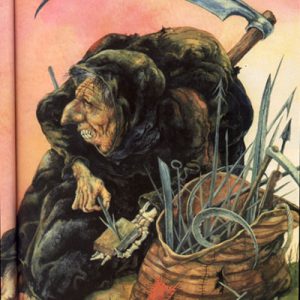 Plague (chuma) is an old ugly woman with long tousled hair, long bony arms with long nails, dressed in black shabby clothes. Usually the plague carries a baby in nappies that she often likes to swaddle in wool. She hits her victims with arrows. According to the beliefs, she does not come for specific people but when there are many sinners to kill. Despite her ugly appearance, plague loves cleanliness and is merciful towards old people and widows by not killing them. She is also susceptible to pleas and kindness.
Plague (chuma) is an old ugly woman with long tousled hair, long bony arms with long nails, dressed in black shabby clothes. Usually the plague carries a baby in nappies that she often likes to swaddle in wool. She hits her victims with arrows. According to the beliefs, she does not come for specific people but when there are many sinners to kill. Despite her ugly appearance, plague loves cleanliness and is merciful towards old people and widows by not killing them. She is also susceptible to pleas and kindness.
The varicella is presented by three maiden sisters who, in contrast with all other diseases, are not ugly. The oldest sister is called edritza, the middle – brusnitza and the youngest – sitnitza. They are usually nice and friendly. They attack the children who go through the disease with no problems. The sisters get angry when they see water boiling or an animal – hen, pig, goose, etc. – being slaughtered and put in boiling water.
The devil is a fully Biblical creature by appearance and characteristics. It is pictured with human-animal head with horns, hairy body with tale, hands and feet with long nails; it is armed by a metal pitchfork or other instrument to do evil to people.
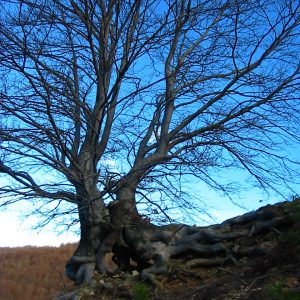 The witches (veshtitsi) occupy the lowest level of folklore mythology. They are seen as women from the village, who, after many contacts with spirits, turn into semi-demonic creatures dealing with evil magic. Ministers persecute witches. The belief in witches is very old among the Bulgarians.
The witches (veshtitsi) occupy the lowest level of folklore mythology. They are seen as women from the village, who, after many contacts with spirits, turn into semi-demonic creatures dealing with evil magic. Ministers persecute witches. The belief in witches is very old among the Bulgarians.
Bulgarians have also many other mythic creatures. They scare people and are seen as reason for many misfortunes.

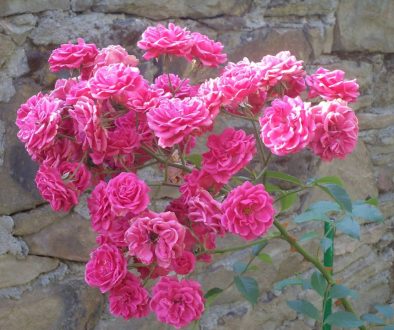
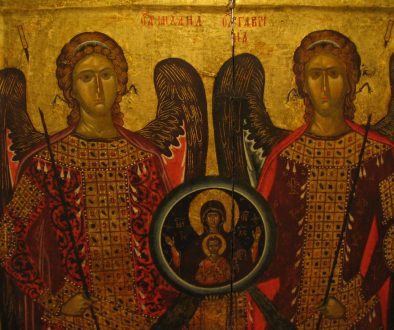
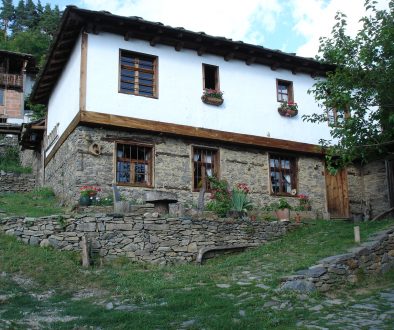
2016-07-25 @ 5:37 pm
Interesting.
2016-08-18 @ 7:29 pm
Interesting indeed. I love folklore.